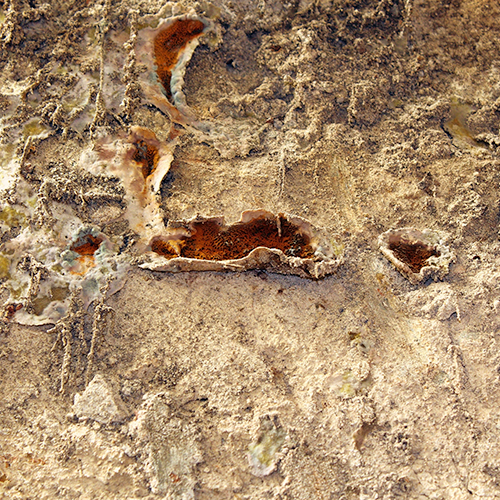Dry rot is one of the most aggressive forms of timber decay, capable of spreading beyond affected wood and into surrounding masonry. This fungal decay thrives even in relatively low-moisture environments and can cause severe structural damage if left untreated. Dry rot spores settle on untreated timber and rapidly develop threadlike strands that break down the wood for nourishment. Due to its destructive nature, early detection and a thorough dry rot treatment process are essential to protect your property.
Services
Dry & Wet Rot Treatment London
Worried about damp or timber decay in your home or business? Left untreated, issues like penetrating damp, wet and dry rot can lead to serious structural damage and expensive repairs. Our team of damp proofing specialists works across London, offering rapid, reliable solutions to eliminate moisture, treat decaying timber, and prevent future damage. Whether it’s a minor concern or a widespread issue, we deliver tailored treatments with proven results. Book a professional damp survey today and safeguard your property before the damage spreads further.
What Is Dry Rot And Wet Rot?
Dry Rot:
Wet Rot:
On the other hand, it typically affects timber in areas with sustained high moisture, often caused by condensation, poor ventilation, or water ingress from plumbing issues or leaks. While less aggressive than dry rot, wet rot still weakens the structural integrity of timber and should not be ignored. A professional damp survey is crucial to accurately assess the extent of wet rot and implement effective treatment. Acting quickly to treat both wet and dry rot is key to preventing long-term damage and safeguarding your property.


Why Is Wet And Dry Rot Dangerous?
Wet and dry rot are more than just structural issues—they can pose serious risks to both your property and health. The spread of dry rot is especially alarming, as the dry rot fungus doesn’t just remain in timber; it can extend into masonry and plaster, weakening the overall structure of your home or business. Left untreated, rot can compromise floor joists, beams, and other vital timber components. As experts working throughout London, we’ve seen firsthand how untreated rot leads to extensive and expensive repairs.
In addition to structural damage, rot often thrives in damp environments that contribute to poor indoor air quality. These conditions can encourage the growth of mould and mildew, triggering respiratory problems, allergies, and other health issues, particularly in children, the elderly, and those with compromised immune systems. Addressing damp and timber problems early and effectively is crucial. Our team of damp proofing specialists is committed to identifying and eliminating the source of decay while restoring safe, healthy living and working environments.
Why Choose Refresh For Your Damp And Dry Rot Treatment?
At Refresh, we pride ourselves on being trusted timber specialists offering expert damp treatment solutions across London City and surrounding areas. With years of experience tackling everything from minor moisture issues to severe structural decay, our dedicated team delivers effective, long-lasting results. With a full in-depth survey, we can tailor each service to your property’s unique needs, ensuring you receive the best possible experience from initial survey to final treatment. Whether it’s dry rot, wet rot, or woodworm, we’re here to protect your home or business with professionalism and care.
FAQs
When Is Treatment Required?
Treatment is required as soon as you notice any signs of a potential damp issue, damage to timber, or the presence of fungal decay. Early symptoms such as musty odours, discoloured or soft wood, flaking paint, or warped flooring should never be ignored. In many cases, woodworm and damp occur together, compounding the damage and accelerating deterioration. If left untreated, what may start as a minor problem can quickly escalate into serious structural issues. Prompt inspection and professional treatment are essential to protect your property and ensure long-term stability.
How To Prevent Rot Infestation In Your Home?
Preventing a rot infestation starts with identifying the root cause of the problem. Early intervention is key since dry rot can spread rapidly through timber and even masonry. One of the most effective ways to stop dry rot and protect your home is to conduct a survey with experienced professionals who can assess moisture levels, ventilation, and signs of fungal decay. Our team of specialists will pinpoint hidden issues, recommend solutions, and deliver targeted treatments to eliminate threats before they escalate. We also offer effective woodworm treatment to prevent insect infestation, which often goes hand in hand with damp and rot issues. Taking proactive steps now can save you from serious structural damage in the future.
Why Do You Need Professional Damp Proofing Solutions
Many homeowners attempt to treat wet rot, dry rot, or woodworm infestation on their own, but without expert knowledge, the damage can escalate, and fungal decay often returns more aggressively. At Refresh, our damp specialists work across London to deliver fast, effective solutions that stop further decay and restore your property’s structural integrity. Whether you’re dealing with penetrating damp, poor ventilation within the property, or dry rot infestations, our rot treatment specialists use proven methods and professional-grade products to eliminate spores and protect your home for the long term.
Need a Survey or Consultation? Dry & Wet expertise in London
If you’d like to book a site survey, consultation or no-obligation quotation for our dry & wet rot proofing services in London, please click here or call 0208 959 6424.

